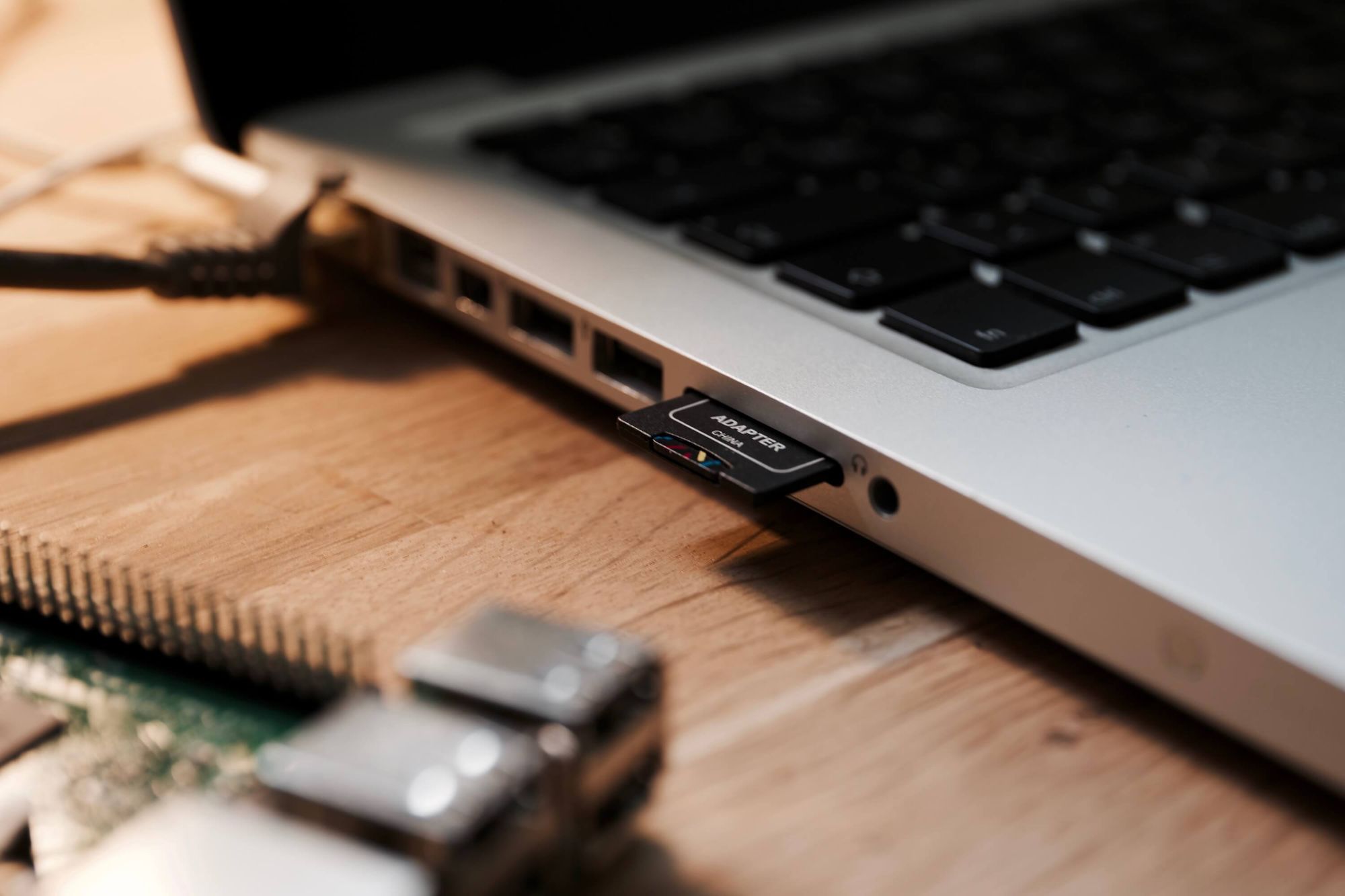


- Create sdcard from mac image for raspberry pi 2 how to#
- Create sdcard from mac image for raspberry pi 2 install#
- Create sdcard from mac image for raspberry pi 2 update#
- Create sdcard from mac image for raspberry pi 2 zip#
Once downloaded you may need to extract the IMG file from zip or gz archives. It builds upon Raspbian, EmulationStation, RetroArch and many other projects to enable you to play your favourite Arcade and home-console with the minimum set-up. Download from : RetroPie allows you to turn your Raspberry Pi into a retro-gaming machine. OSMC (Open Source Media Center) is a free and open source media player based on Linux.It is based on Kodi and lets you play back media from your local network, attached storage and the Internet. You can choose the version with the Pixel desktop environment or the Lite version. Raspbian is the official supported system. Which one you choose depends on your project but my favourites include : There are a number of pre-created SD card images you use in your Pi. I recommend using SD cards with a capacity of 8GB and higher. Starting with a clean installation is important if you’ve got any issues or are starting a new hardware project.
Create sdcard from mac image for raspberry pi 2 update#
It’s the technique I use to update my cards whenever a new version of Raspbian is released.
Create sdcard from mac image for raspberry pi 2 how to#
Since I don’t have access to a Windows machine, you can access a comprehensive guide provided by Microsoft.This tutorial explains how to create a fresh SD card for your Raspberry using a Windows PC. Check the devices connected to your network and see which one is the Raspberry Pi. To connect remotely to your Raspberry Pi, you need to discover its IP address. On Ubuntu and Mac OS, an SSH client is usually already installed. Who needs a monitor with a server when you can just SSH into it and use it the way you want? It is okay if you don’t have a dedicated monitor to be used with Raspberry Pi. Right after a successful login, Ubuntu will ask you to change the default password.Įnjoy your Ubuntu Server! Step 3: Connect remotely to your Raspberry Pi via SSH (if you don’t have monitor, keyboard and mouse for Raspberry Pi) When prompted, use “ ubuntu” for the password.

It will present TTY login screen (black terminal screen) and aks for username and password. Simply insert the micro SD card to the Raspberry Pi, plug in the monitor, keyboard and mouse. If you have got an additional set of mouse, keyboard and a monitor for the Raspberry Pi, you can use easily use it like any other computer (but without GUI). Step 3: Use Ubuntu server on Raspberry Pi (if you have dedicated monitor, keyboard and mouse for Raspberry Pi) During the first boot, if your Raspberry Pi fails connect to the Wi-Fi network, simply reboot your device. Save the file and insert the micro SD card into your Raspberry Pi. Installing Ubuntu Server on a Raspberry Pi An HDMI cable for the Pi 2 & 3 and a micro HDMI cable for the Pi 4 (optional).A computer (running Linux, Windows or macOS) with a micro SD card reader.A micro SD card (8 GB or greater recommended).You’ll need the following things for this tutorial: Setting up a wireless network connection on the Raspberry Pi.Installing Ubuntu Server on a microSD card.In this tutorial I will use a Raspberry Pi 4 and I will cover the following:
Create sdcard from mac image for raspberry pi 2 install#
Instead, I’ll show you how to install Ubuntu server on Raspberry Pi. But this article is not about using RPi as desktop. The 4th generation of the Raspberry Pi, is equipped with features and processing power of a regular desktop computer. From weather station to home automation, tinkerers built so many cool projects using Raspberry Pi. Its low cost, portability and very low power consumption, made the models far more popular than anticipated. Initially, the scope of the Raspberry Pi project was targeted to the promotion of teaching of basic computer science in schools and in developing countries. The Raspberry Pi is the best-known single-board computer.


 0 kommentar(er)
0 kommentar(er)
